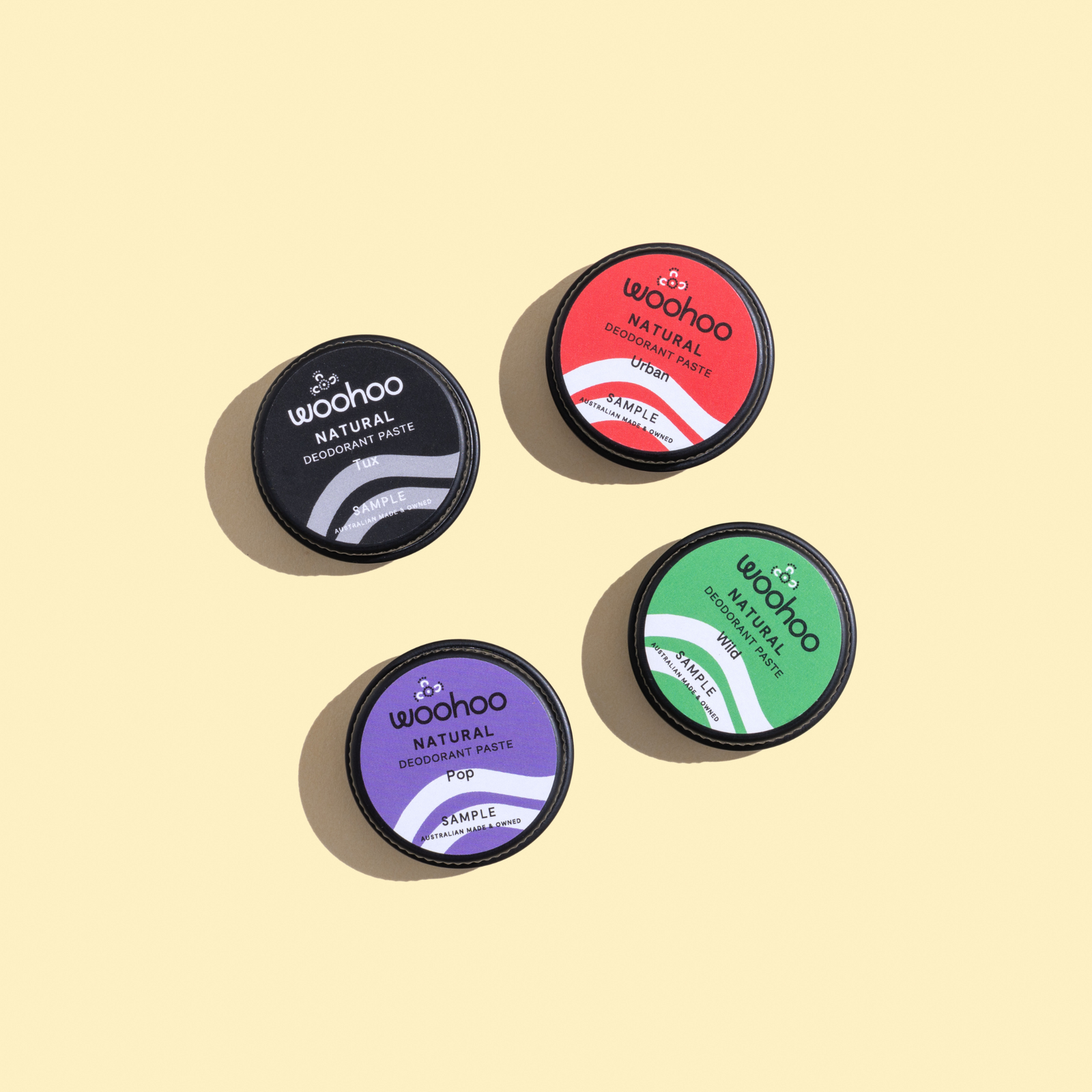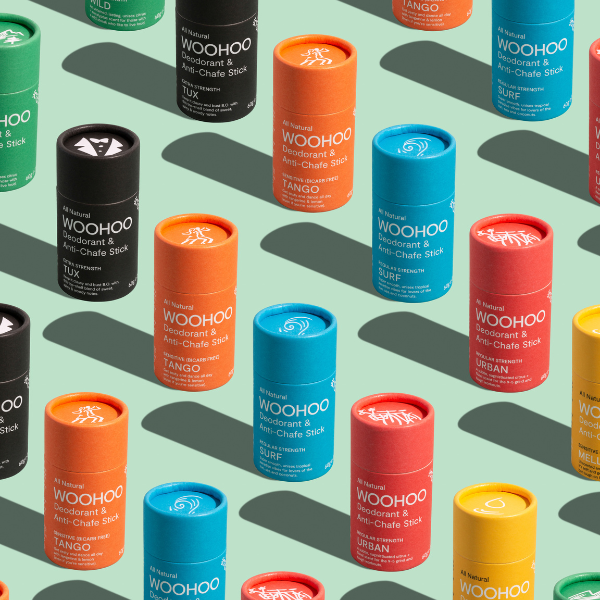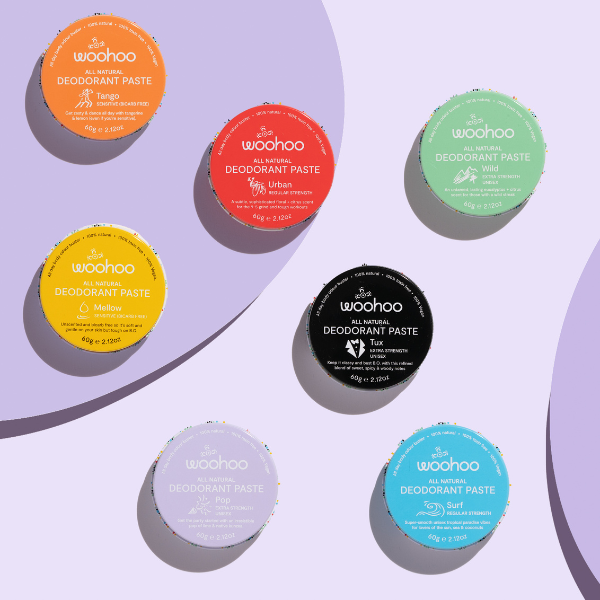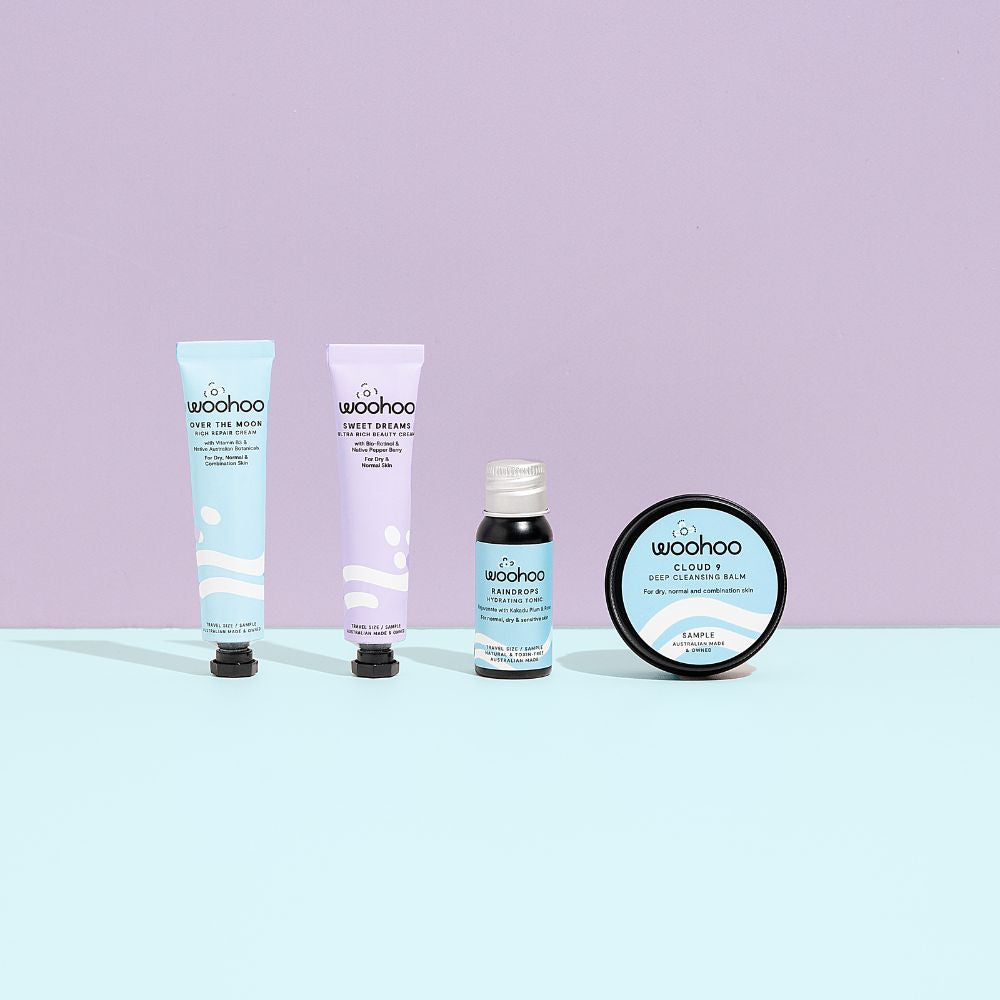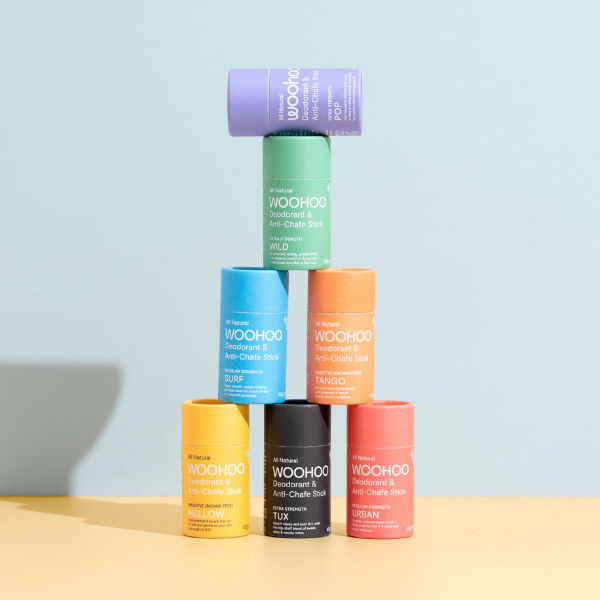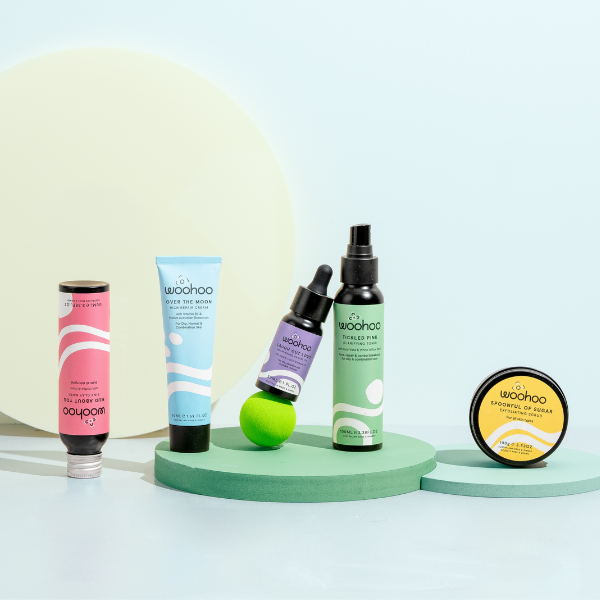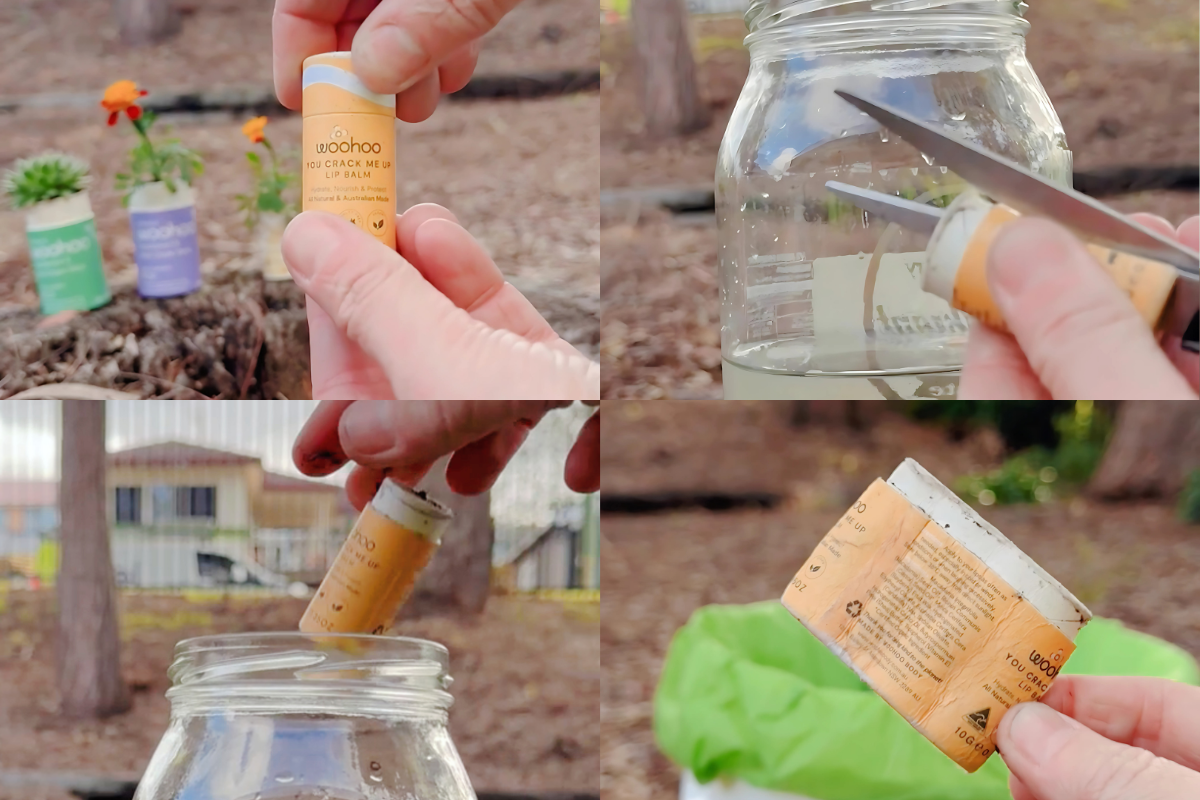There's lots of talk about the good, bad, and ugly of including silicones in your haircare routine.
So, what gives? Are they really THAT bad for you?
Truth is: not all silicones are created equal.
Let’s weigh in on the science and debunk a few myths about silicones while we're at it.
The nitty gritty on silicones
So, you know how sand and quartz are all hard and gritty, right? Well, turns out a very clever scientist decided to extract a polymer called silica from them.
And lo and behold… silicones were born!
Silicones are typically added to haircare products (like shampoos, conditioners, leave-in conditioners, hair serums and masks) to improve the feel and softness of hair while reducing frizz and fly-aways.
Sounds too good to be true? It kinda is.
But before we get into that, let’s discuss the three MAIN types of silicones in haircare (side note - this is a very high-level overview as there are hundreds of different ingredients that fall under the silicone name, and they all have different functions and performance):
Non-water-soluble silicones: As the name suggests, these silicones don’t dissolve in water—meaning that no matter how much you rinse, they may stubbornly coat your locks and leave your roots feeling greasy over time. These include dimethicone, cetyl dimethicone, cetearyl methicone, dimethiconol, stearyl dimethicone, cyclomethicone, amodimethicone, trimethylsilylamodimethicone, and cyclopentasiloxane.
Water-soluble silicones: This class of silicones breaks down upon contact with water without the need for strong surfactants and generally won’t cause buildup. These include dimethicone copolyol, stearoxy dimethicone, and behenoxy dimethicone.
Evaporating silicones: Also called volatile silicones, these synthetics evaporate anywhere from a few minutes to a few hours after application and are less likely to leave behind product residue. These include: cyclomethicone, cyclopentasiloxane, cyclotetrasiloxane, cyclohexasiloxane. Basically, anything that starts with “cyclo-” and ends with “-xane”.
The upside to silicones
Before we talk about whether silicone is bad for hair, let’s look at its upsides.
According to an article published in the International Journal of Trichology, silicones can:
- Act as a conditioning agent to minimise friction, tangles, and frizz while simultaneously improving the shine, smoothness, and manageability of your locks
- Protect your hair strands from harmful external elements like pollutants, humidity, abrasion, and heat styling
- Help minimise moisture loss from the fibres
- Enhance the body of your tresses for a volumising effect
So, if silicones bestow an instant ‘glow-up’ on your mane, what’s the catch?
The downside to silicones
Some silicones are notorious for creating product build-up on your scalp and hair (particularly the non-water-soluble ones). The polymers can be difficult to wash away, causing hair to become greasy at the roots and dry at the ends. Cheeky!
Though these polymers leave your mane looking shiny and sleek, this is an artificial shine caused by a layer of plastic that builds up on the strands.
Over time, silicones will also begin to weigh down your hair, making it dull and lifeless, and impossible to style – no thank you!
Similarly, because silicones can form a ‘film’ around the hair follicle (this is where your hair comes out of your scalp), they can suffocate the hair and prevent any nutrients from penetrating the hair shaft.
With time, our much-loved tresses will become dry and lifeless, due to the lack of moisture which can lead to breakage, frizz, and brittleness.
Plus, if you like using treatment products on your hair to give your locks a little extra TLC, the chances are they’re not working if your hair is coated with silicone.
The difference between silicones used in salon vs supermarket shampoos and conditioners
As we mentioned earlier, not all silicones are created equal. Even within the ‘non-water-soluble’ class of silicones we need to look at the molecular weight of the silicone.
A higher molecular weight (i.e. a bigger particle) is more likely to add weight to you hair. It gives great barrier protection to your skin (including your scalp), but also adds a thick/heavy protective layer over the hair shaft. It’s also a cheap ingredient for manufacturers to purchase.
A lower molecular weight (smaller particle) silicone is more likely to be light and protect your hair shaft without adding much (if any) weight. These are the more expensive option.
So to recap:
- Higher molecular weight = cheaper
- Lower molecular weight = more expensive
As a very general rule, supermarket shampoos use the cheaper, heavier silicones that can build up over time.
Salon shampoos often use the lighter, more expensive silicones. These can deliver better performance and less of the side effects of cheaper, heavier silicones.
Thing is, you don’t know by looking at a label which weight of silicone has been used, which can make it tricky to decide whether it will be completely beneficial for your strands.
Get soft, shiny hair without the ‘s’ word
While the jury is still out about silicones, we personally prefer to avoid them all together.
The bottom line is that cheap silicones create product build-up on your head. It’s the proverbial feeding ground for hair-y issues like excess oiliness, dullness, and scalp irritation.
Proudly, our 'Respect My Roots' Natural Shampoo & Conditioner are salon-grade AND silicone-free. They’re just full of good stuff and glorious, salon-worthy results!
The gentle cleansing formulas hydrate and smooth the hair without stripping away natural oils or hanging around too long (see ya, build-up!).
Just imagine, gloriously glossy and seriously silky tresses without the fear of future breakage and bad hair days. Dreamy.
How to successfully transition away from silicones
Switching to a gentle natural silicone-and-sulphate-free shampoo and conditioner makes it *much* easier to avoid dubious ingredients and negative side effects.
Keep in mind that as you move away from silicone-laden products (particularly the heavy-weight, non-water-soluble silicones), it can take a few washes to see amazing results. You’ve heard how silicone likes to hang around!
You need to wait till the silicone coating has been washed away and the give your hair time to receive nutrients and moisture and become naturally healthy again.
You might also notice a change in your hair’s natural oils. This is because traditional sulphate-based shampoo can be very stripping. It shouldn’t take too long for your hair to rebalance and become bouncy and healthy once you make the switch, though.
You’ll probably also find that you don’t need to wash your hair as often, or use as many styling products.
To ease the transition to silicone-free shampoo and conditioner, remember less is more. Don’t try to overcompensate by using heaps of product. This is especially the case with our Woohoo Natural Shampoo and Conditioner, since their formulas are concentrated.
And although natural shampoo doesn’t give you oodles of lather like regular shampoo, it’s still crazy effective at cleansing your hair.
So, if you would like to avoid any potential mane mishaps, choose silicone-and-sulphate-free hair products - your hair will thank you for it!
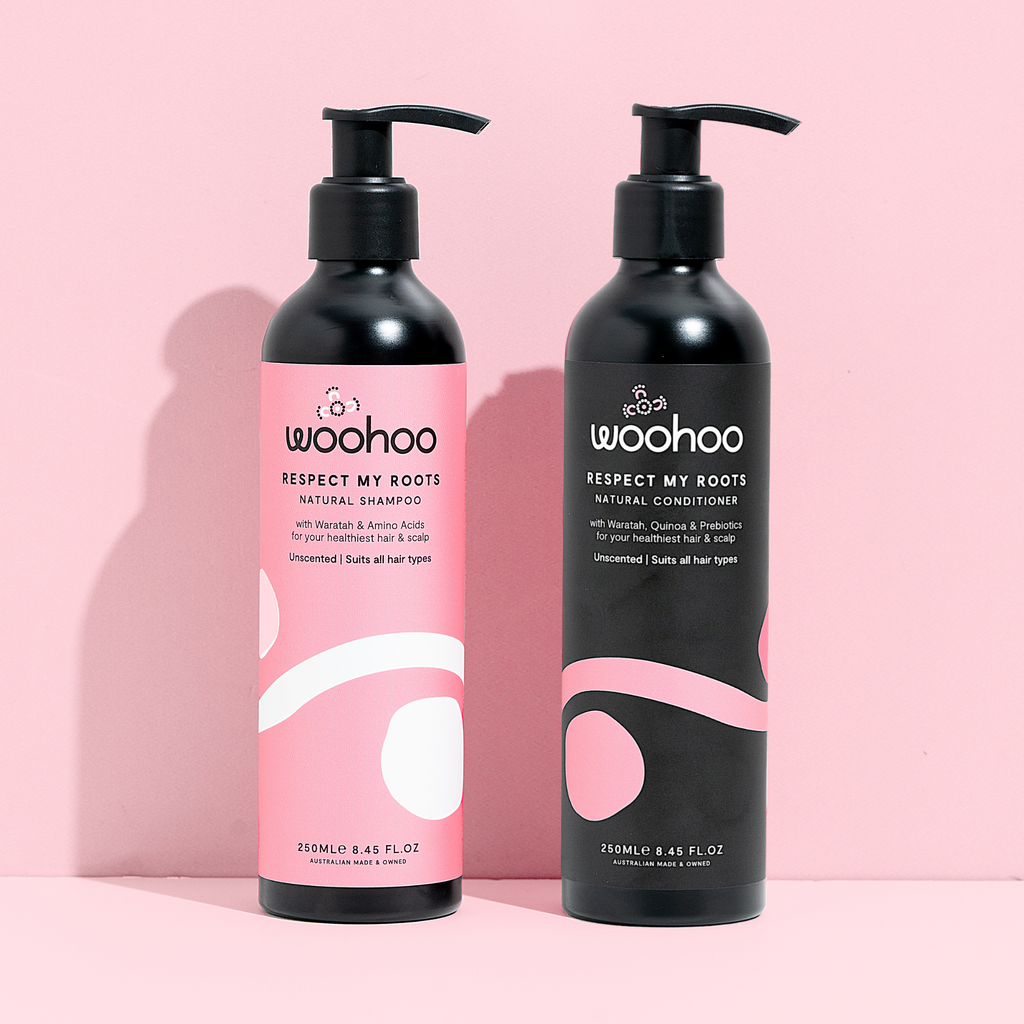
'Respect My Roots' Natural Shampoo and Conditioner Bundle

